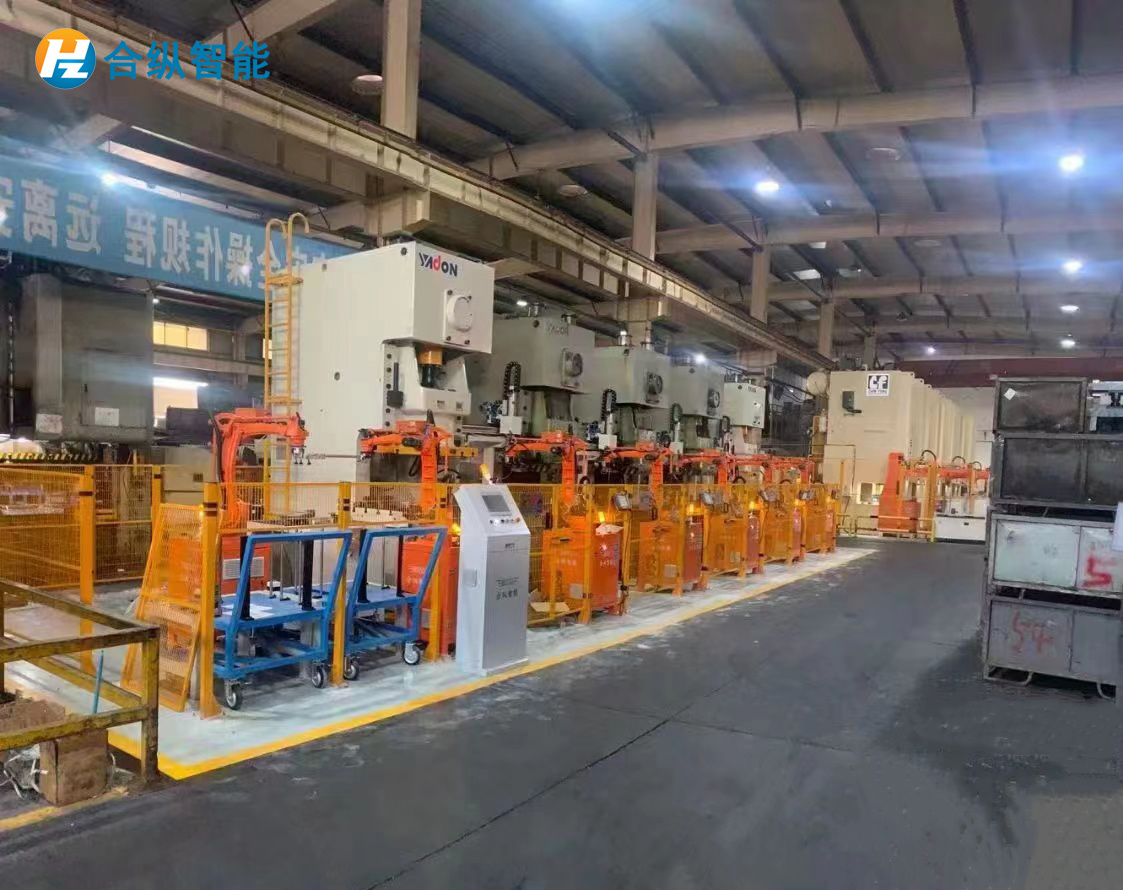What are the applications and development prospects of industrial robots?
Industrial robot is one of the major high-tech achievements of the century. Robot products have been widely used in many fields of society and have played an important role in improving the level of industrial automation in the world.
With the development of industrial robots and the improvement of robot intelligence, industrial robots are more and more widely used in various fields, and their importance in manufacturing is becoming increasingly prominent. At present, the use of industrial robots in China is mainly concentrated in the automotive industry and the electronic and electrical industry. Arc welding robots, spot welding robots, and handling robots are widely used in production.
The application of industrial robots has improved the production efficiency, production cost and product quality of industrial products, and has also promoted the transformation and upgrading of my country's manufacturing industry to a certain extent. At the same time, with the disappearance of China's demographic dividend, China's economic development has entered a "new normal", and the emergence of phenomena such as the transfer of manufacturing from "low-end manufacturing" to "high-end manufacturing" has also increased the use of industrial robots.

The future of global industrial robots mainly has the following trends:
Big data and cloud storage technology make the robot gradually become the terminal and node of the Internet of things. The rapid development of information technology integrates industrial robots with networks to form complex production systems, and various algorithms such as ant colony algorithms and immune algorithms can be gradually applied to robot applications to make them have human-like learning capabilities, and multi-robot collaborative technology makes a set of production solutions possible.
The ease of use and stability of robot products are improved: with the improvement of robot standardized structure, integrated joint, self-assembly and self-repair technology, the ease of use and stability of robots are continuously improved.
1. The application field of robots has extended from the more mature automobile and electronic industries to a wider range of manufacturing fields such as food and chemical industry. The service fields and service objects are increasing, and the robot body is developing to the characteristics of small size and wide application.
2, is the rapid decline in robot costs. And the process is becoming more and more mature, the initial investment of robots compared to the traditional special equipment price gap narrowed, in the high degree of personalization, process and process cumbersome product manufacturing to replace the traditional special equipment has a higher economic efficiency.
3, is a profound change in human-computer relations. For example, when a worker and a robot work together to accomplish a goal, the robot can understand human language, graphics, and body instructions through a simple sensing method, using its modular plugs and production components to eliminate complex operations for workers. There is a big safety problem in human-robot collaboration at the current stage. Although light industrial robots with vision and advanced sensors have been developed, there is still a lack of reliable and safe technical specifications for industrial robot collaboration.
Previous Page
Next Page




